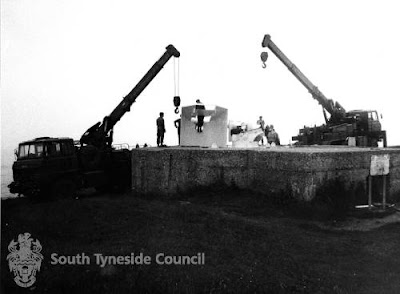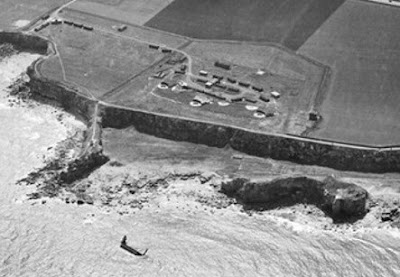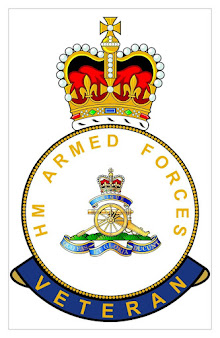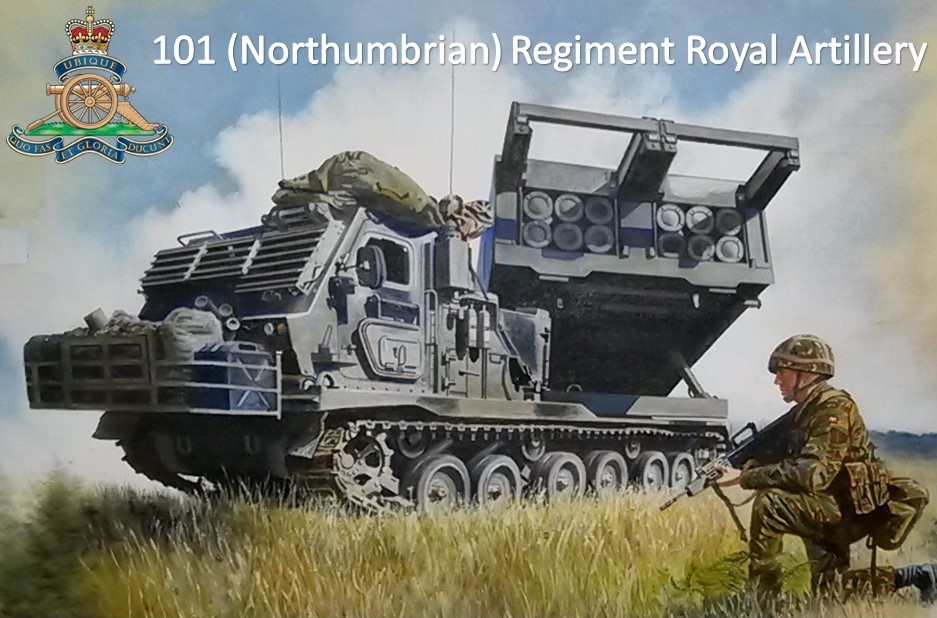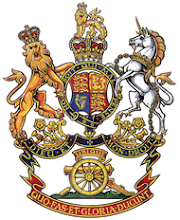 |
South Shields Lawe Top
|
The Lawe in South Shields is a promontory at the mouth of the River Tyne and was the location of military activity over a period of 300 years.During the English Civil War (1642 - 1651) a fort and watchtower was constructed in the vicinity of the Lawe. A Scottish Army sympathetic to the Parliamentarians laid siege to Newcastle from February to October 1644. They also turned their attention to Tynemouth attacking and capturing the castle and priory. The fort on the Lawe was captured in March 1644.
The mainstay of defence of the Tyne was Cliffords Fort, opposite the Lawe, on the Tyne's north bank built in 1677. The Dutch fleet had attacked the Meday in 1667, sailing up the river attacking the British fleet and bombarding the coast. This prompted a strengthening of coastal defences around the UK.
The next major threat occurred in Napoleonic times, the invasion threat once again leading to increased focus on the defence of the British coast. In response coastal defences were organised into districts, batteries were placed around the coast and a volunteer force raised to man the guns.
The South Shields Loyal Volunteers were raised, and on the Lawe a barracks was built and four 18 pound cannon formed part of the Tyne defences. On the defeat of Napoleon in 1815, all volunteers corps were disbanded.
 |
| Lawe Top Napoleonic Barracks |
 |
Lawe Top Napoleonic Barracks 1960s.
|
 |
| Lawe Top Napoleonic Barracks 2020 |
In 1832, Trinity House constructed two beacons on The Lawe as a navigational aid to ships entering the Tyne. By lining up the two beacons the mid channel of the Tyne could be located.
 |
Lawe Beacons
|
 |
Lawe Beacon and mouth of the Tyne
|
 |
| Lawe Beacon alignement |
Following the Crimean War (1854 - 1856), many towns in the UK were presented with captured Russian Cannon from the conflict. South Shields was presented with two cannons, a 24 pounder and a 42 pounder, which were mounted on top of the Lawe. The cannons remained until 1940 when they were melted down for armaments. The current cannons are replicas.
 |
| Lawe Russian Cannon |
 |
| Lawe Russian Cannon replicas |
In November 1917, the National War Savings Committee was initiated to sell War Bonds and War Savings Certificates through a display of tanks throughout the country. The recent Battle of Cambrai had raised public interest in the new weapon and six tanks toured towns and cities being on display for week at a time.
 |
| South Shields Tank Week Fund raising |
The tank "Nelson" was placed on display outside South Shields Town Hall on 28th January 1918. By the end of it's week display £1,239,480 had been raised, an equivalent to nearly £71 million today.
 |
South Shields Town Hall
Tank Week January 1918
Source: South Tyneside Libraries STH0004753 |
In recognition of fund raising efforts, at the end of the First World War the Government presented 265 tanks to towns and cities, including Newcastle, Sunderland and South Shields. The South Shields tank was installed on the Lawe Top on 18th June 1919, and remained until the 1930's.
 |
Lawe Top WW1 Tank presented to South Shields
18th June 1919 |
During World War Two, the park on the Lawe was the location of an emergency gun battery built in 1940. A permanent battery was constructed in 1943, which was decommissioned at the end of the war and dismantled in 1956.
 |
Lawe Park Battery
|
A history of the Lawe is detailed on an information panel initiated by 205 Battery - 3rd Durham Volunteer Artillery Branch Royal Artillery Association.
 |
| Lawe Top information panel |























